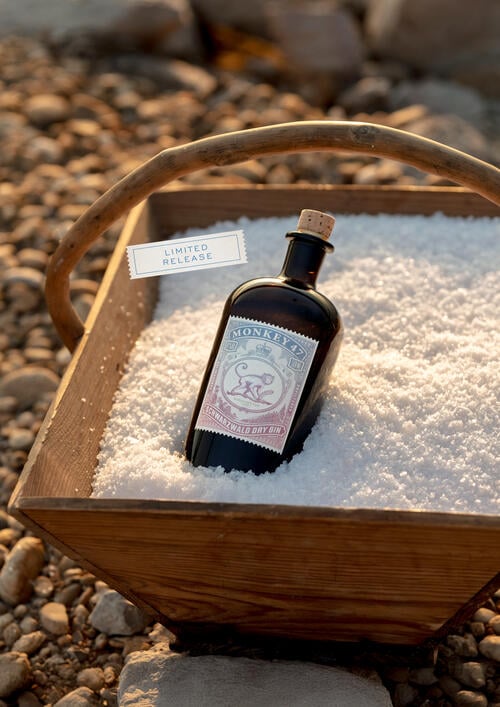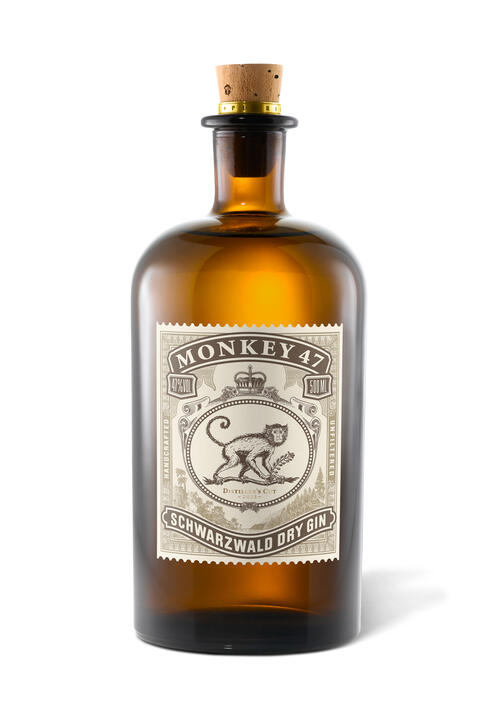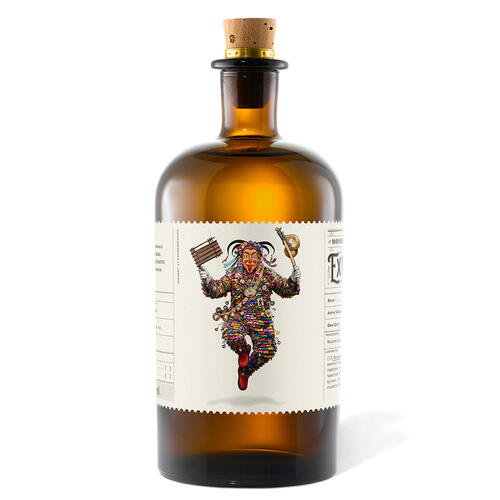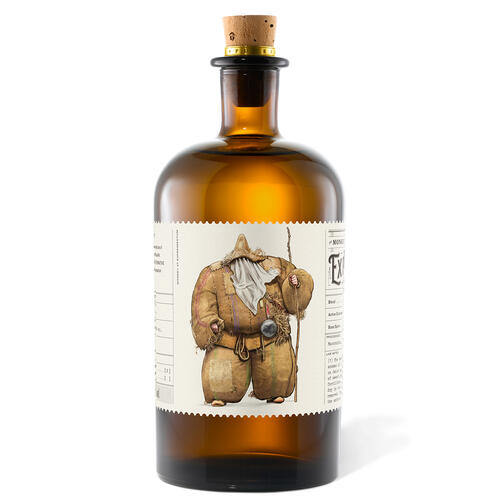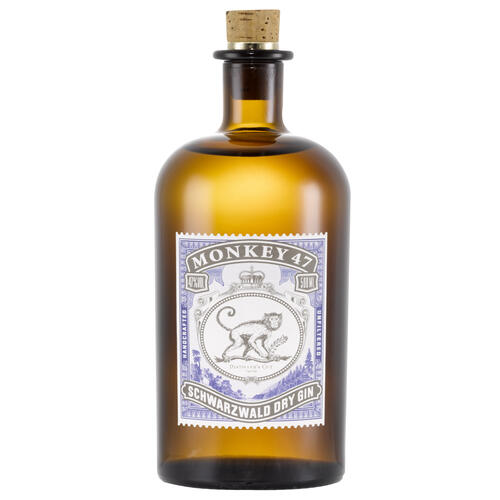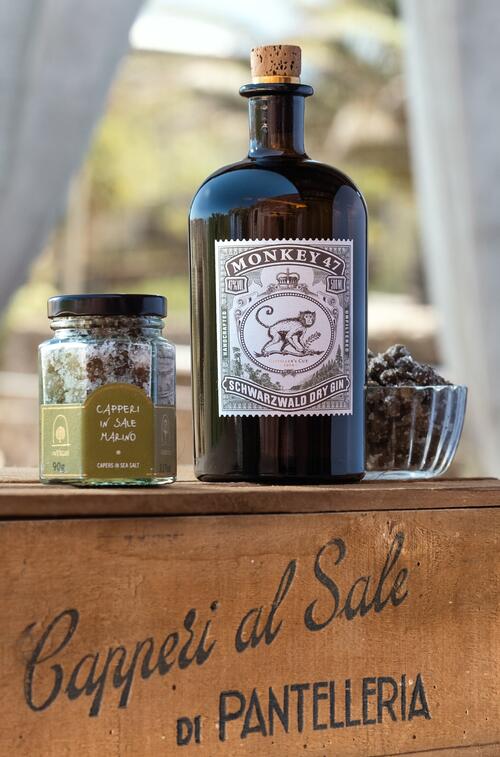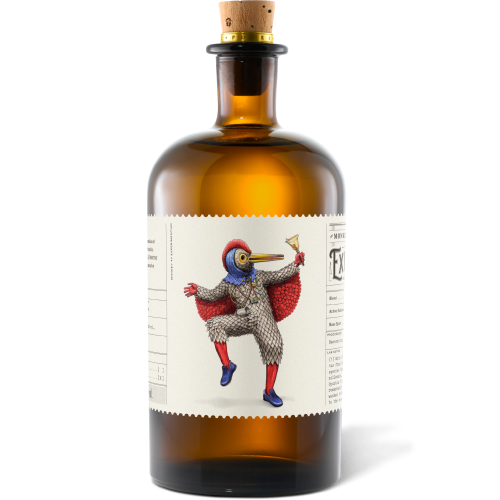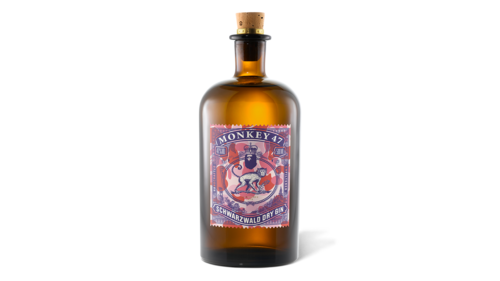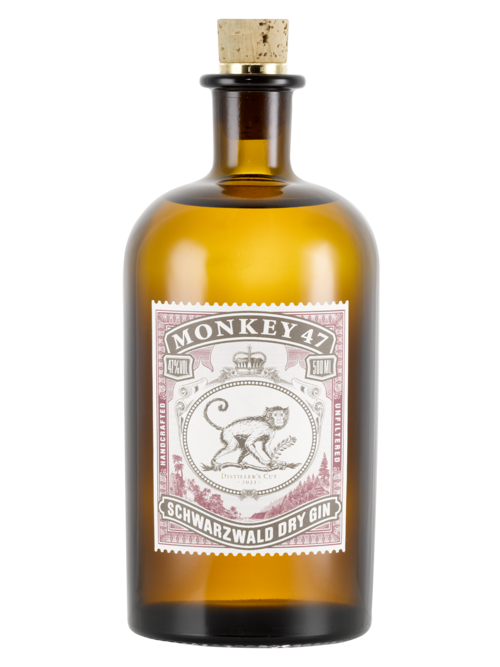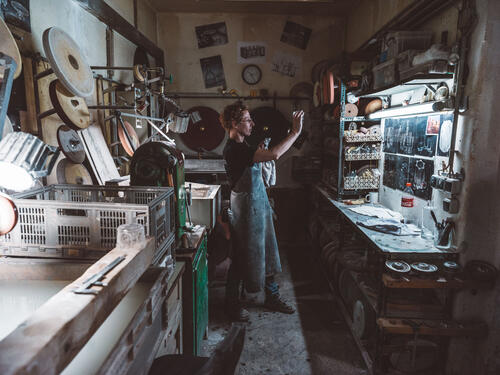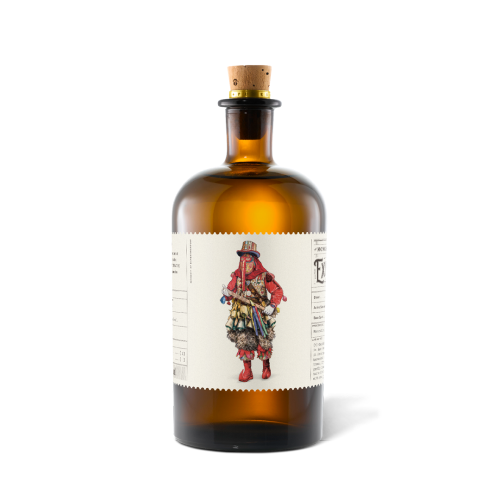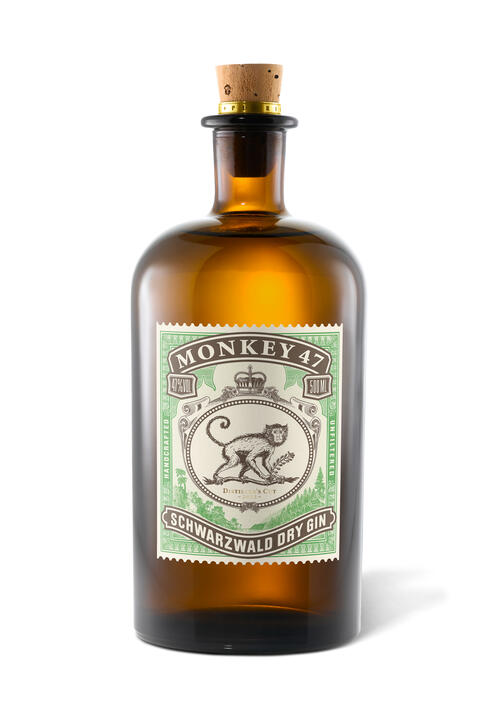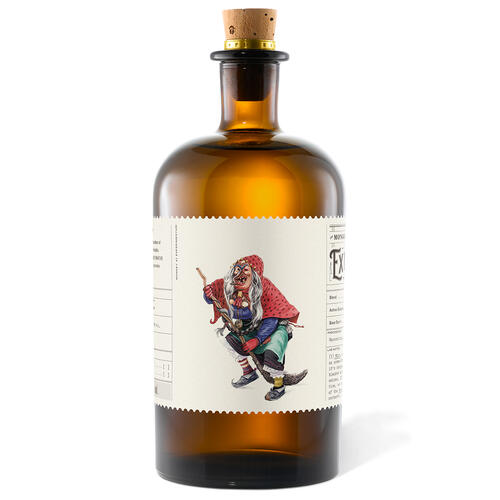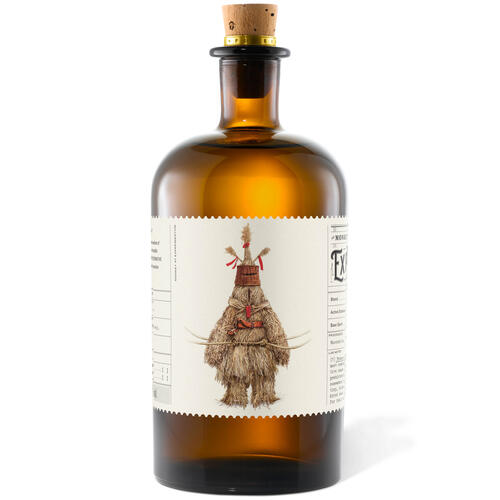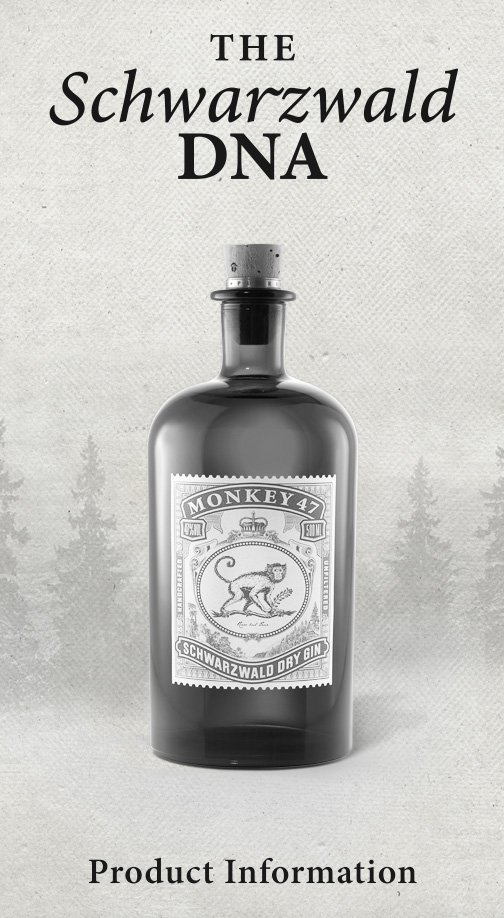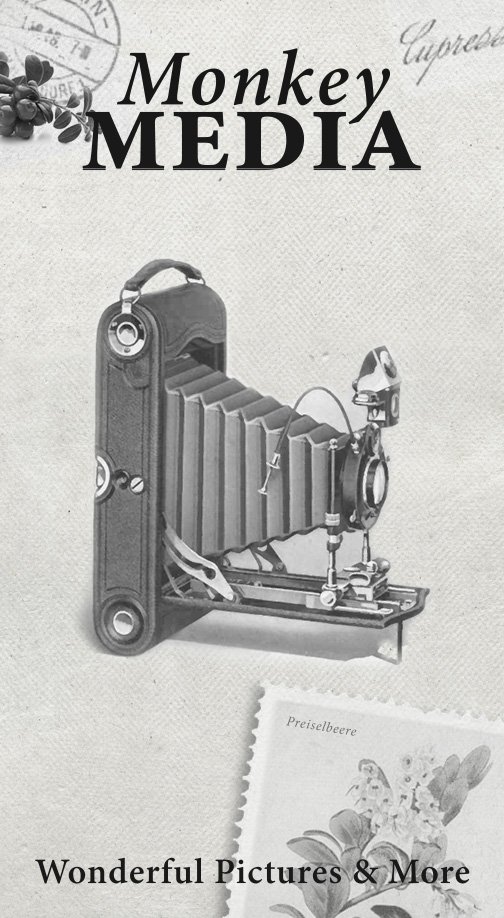Monkey 47 Experimentum Series
2y04 : Amsterdam - Monkey 47, Bitterballen extraction and mustard seeds
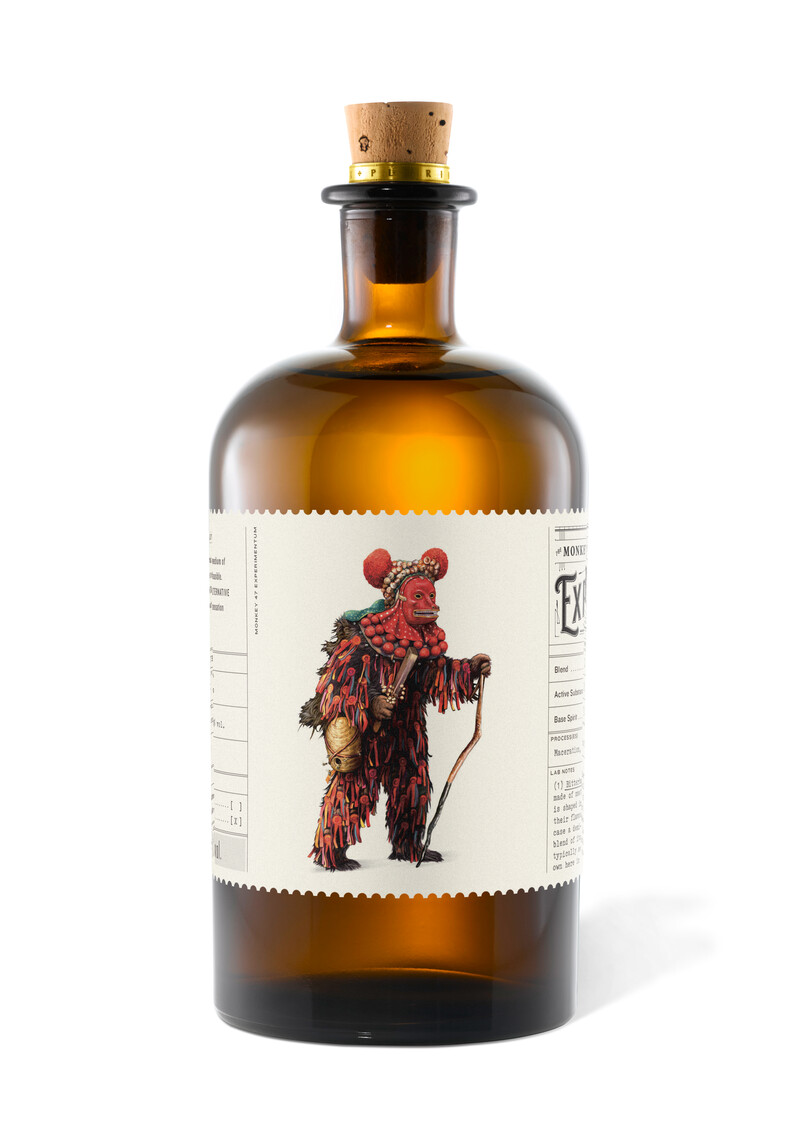
The art of distillation goes hand in hand with chasing aromas and rendering them in liquid form – although alcohol is merely the medium, not the actual goal of the process. Meanwhile, the world of spirits is divided into categories rather than sensory components and the possibilities associated with them. It’s a form of conditioning that stands in contrast to our obsession with variety and innovation. Why do distillates and spirits have to fit into a particular category? What’s wrong with forging down other paths, challenging current technologies and traditions, and contemplating the world of aromas from another perspective? To answer these specific questions, we've expanded our facilities to include the Monkey 47 Booze Lab.
The purpose of the Booze Lab is to push the envelope of what's possible in sensory terms by continuing to explore diverse aromas and ways to capture them in alcohol with alternative distillation and culinary techniques. In our new Experimentum Series, we’ll be bringing to market some of these experiments in extraordinary “spirit blends” based on Monkey 47 several times every year in editions that will be limited to no more than 500 bottles each. These blends will combine cutting-edge vacuum distillation with alternative methods of aroma extraction, making each of them an authentic flavour experience that defies categorisation.
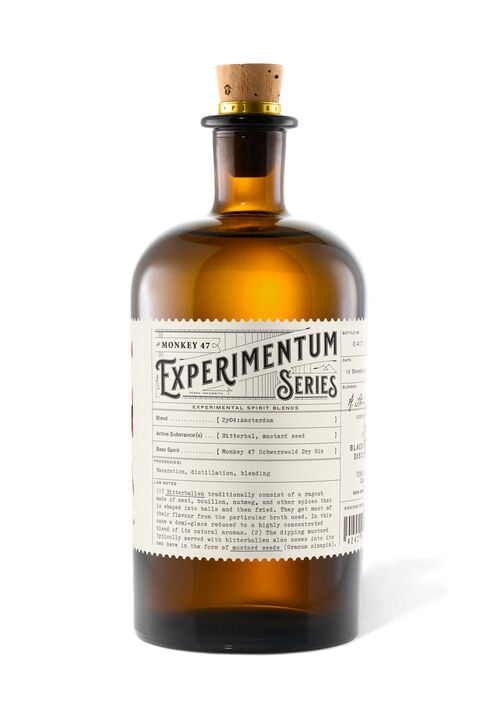
2y04: Amsterdam
Few things are as integral to the image of the Dutch capital city as bicycles, but the traditional food stands that serve one of the nation’s favourite culinary specialities –bitterballen, fried up fresh and crispy –are certainly one of them. Originally meant as a complement to the appropriately named digestive bitterje(which is where the name comes from), these croquettes of beef or veal were officially declared part of the Netherlands’ cultural heritage in 2020.
Lab notes–for those wanting to know more...
Bitterballen traditionally consist of a ragout made of meat, bouillon, nutmeg, and other spices that is shaped into balls and then fried.They get most of their flavour from the particular broth used. At the heart of our distillate’s flavour, meanwhile, is the “queen of sauces” –a demi-glace we simmerand reduce to a highly concentrated blend of its natural aromas.The dipping mustard typically served with bitterballenalso comes into its own here in the form of mustard seeds. Granum sinapis, which originates from Asia and southeast Europe, has a long tradition as a seasoning and is now grown and processed all over the world. In Europe, it’s particularly popular in France, Germany, and the Netherlands, of course. The mustard plant and its aromatic seeds belong to the Brassicaceaefamily. Herbaceous and usually covered in yellow blossoms, its appearance resembles that of rapeseed.
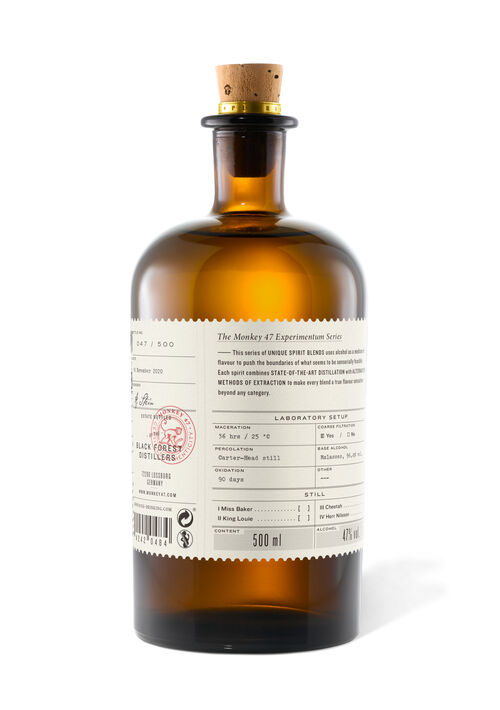
Tasting notes
Monkey 47 Experimentum Series 2y04 is a unique gin with a tangy, well-rounded taste and a slight hint of spicy mustard. Much like its progenitor –the bitterbal, which is traditionally enjoyed as a means of invigorating one’s spirits –savouring it may impart a warm and fuzzy feeling from within. The flavours it combines make for a truly unique taste experience tailor-madefor true connoisseurs who don’t mind pushing the boundaries of what seems sensorially feasible.



